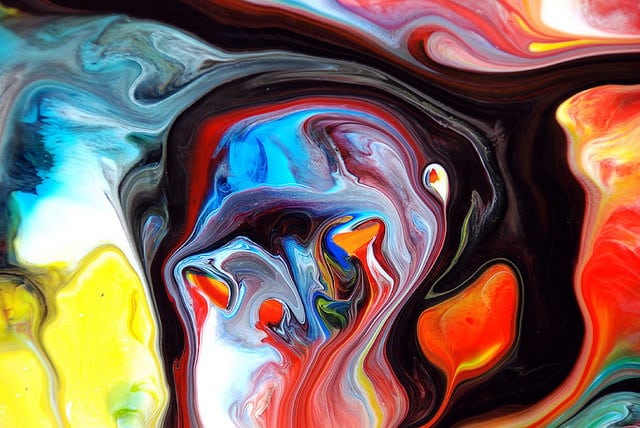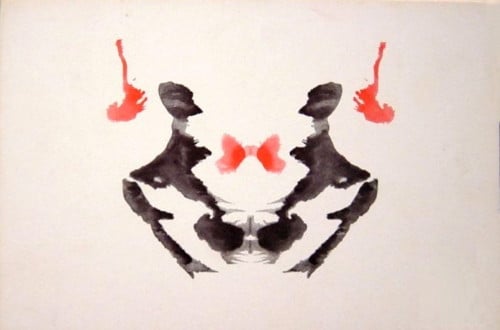Tag Archives: art in psychological therapy
Art – a Creative Process or a Therapeutic Tool?

The field of psychology covers a broad spectrum of human interactions. When applied to mental health there are many preconceived ideas of the role of psychology. For many the place of psychology is limited to testing and psychotherapy. It may be surprising to learn that there is a field of human experience where psychology plays an important role. That field is beauty and all things associated with it. Which brings us to the topic at hand: using art as a therapy.
Most have no problem understanding the common definition of therapy. Add to the term therapy the word art and the result is a final term: art therapy. Suddenly, for some the meaning may become a bit less clear. Among psychology professionals and lay persons the concept of art therapy is often misunderstood. In fact, there are some settings where art therapy is given a secondary role of being an activity, a way of filling time and is is usually run by therapy aides.
According to Wikipedia’s definition of art therapy: “Art therapy is a mental health profession that uses the creative process of art”. As a professional extension of mental health services art therapy is a relatively new with its modern day introduction occurring in English speaking and European countries in the mid-20th century.
Among its critics are mostly traditional psychotherapists who view the only valid use of psychotherapy to be a talk therapy session. The idea of beauty having a psychological value seems irrational to many. Ironically, the very foundation of art therapy is Freud’s theory of unconscious and it is built on assertion that visual images are the simplest and most natural form of human expression and experience.
There are many other mental health professionals who have grasped the psycho-therapeutic value of art therapy. Those values include the use of art, as either something the client does or appreciates; meeting certain psychological needs. Among the areas of life that may improve through the use of art therapy self-expression, coping skills, managing stress, and strengthening a sense of self.
When Art Meets Psychological Testing

This article was inspired by recent comments from Dr. Tali Shenfield, who advocates the use of art in psychological testing and therapy, especially for young children.
Introduction
Regardless of the reasons given, art when used as a psychological assessment tool can become a slippery slope. Why? Because art in and of itself is considered to be a form of aesthetics representing human creativity. This function is entirely different from those functions associated with psychological studies, i.e., the study of thought and intent.
This common view holds that a particular work of art, whether done by the hand of an adult or a child, is a form of communications between the artist and the viewer. This is true regardless of age or gender. Whether the work of a young child (5 – 11 years of age) or an adult when creating art there is something being communicated. This has raised a question; is art a valid area for psychological inquiry? We will take a stab at trying to answer this question in this article.
When writing here about art we are not referring to the works of the masters. Rather, our reference point is those drawings flowing from our own mind. Even more specifically, we will explore the use of two psychological testing methods, the Rorschach test and Projective Drawings.